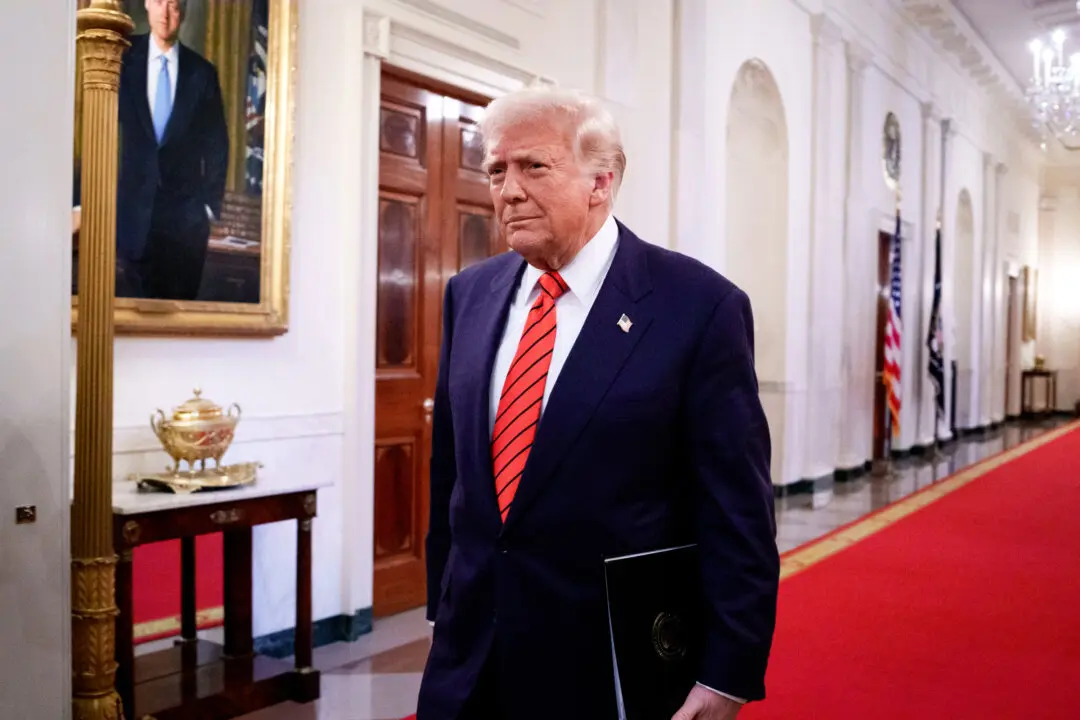WASHINGTON—The latest economic outlook by the Congressional Budget Office (CBO) shows that if spending continues at the projected pace the national debt and the federal deficit would reach alarming levels, causing a fiscal crisis in the United States.
The federal budget deficit will rise to $897 billion in 2019 and exceed the trillion-dollar level by 2022 for the first time since 2012, according to the CBO report.





